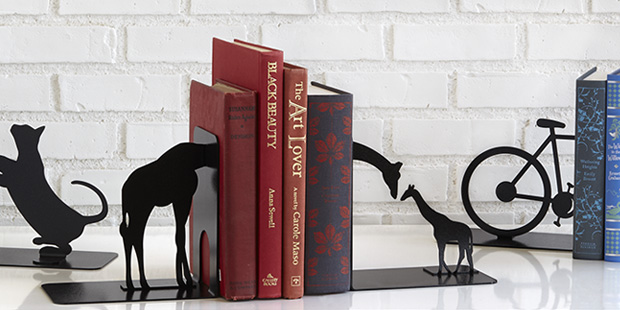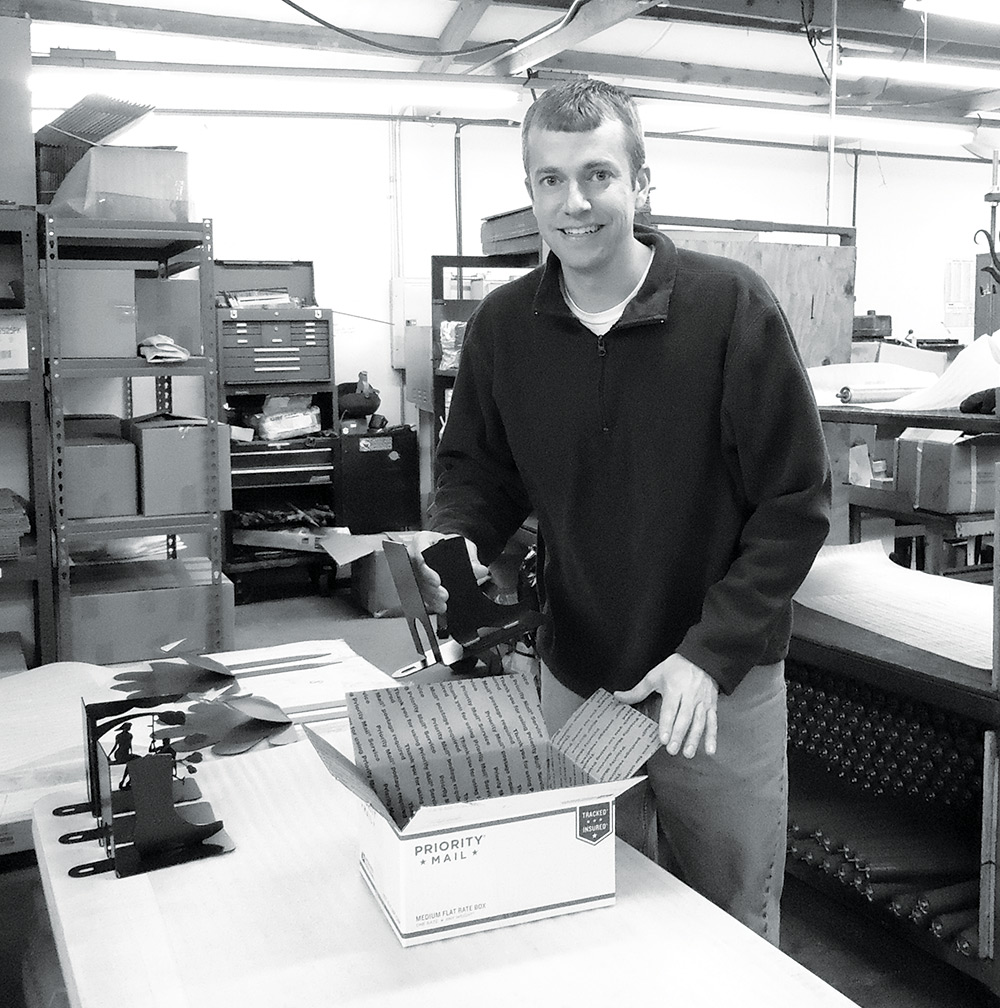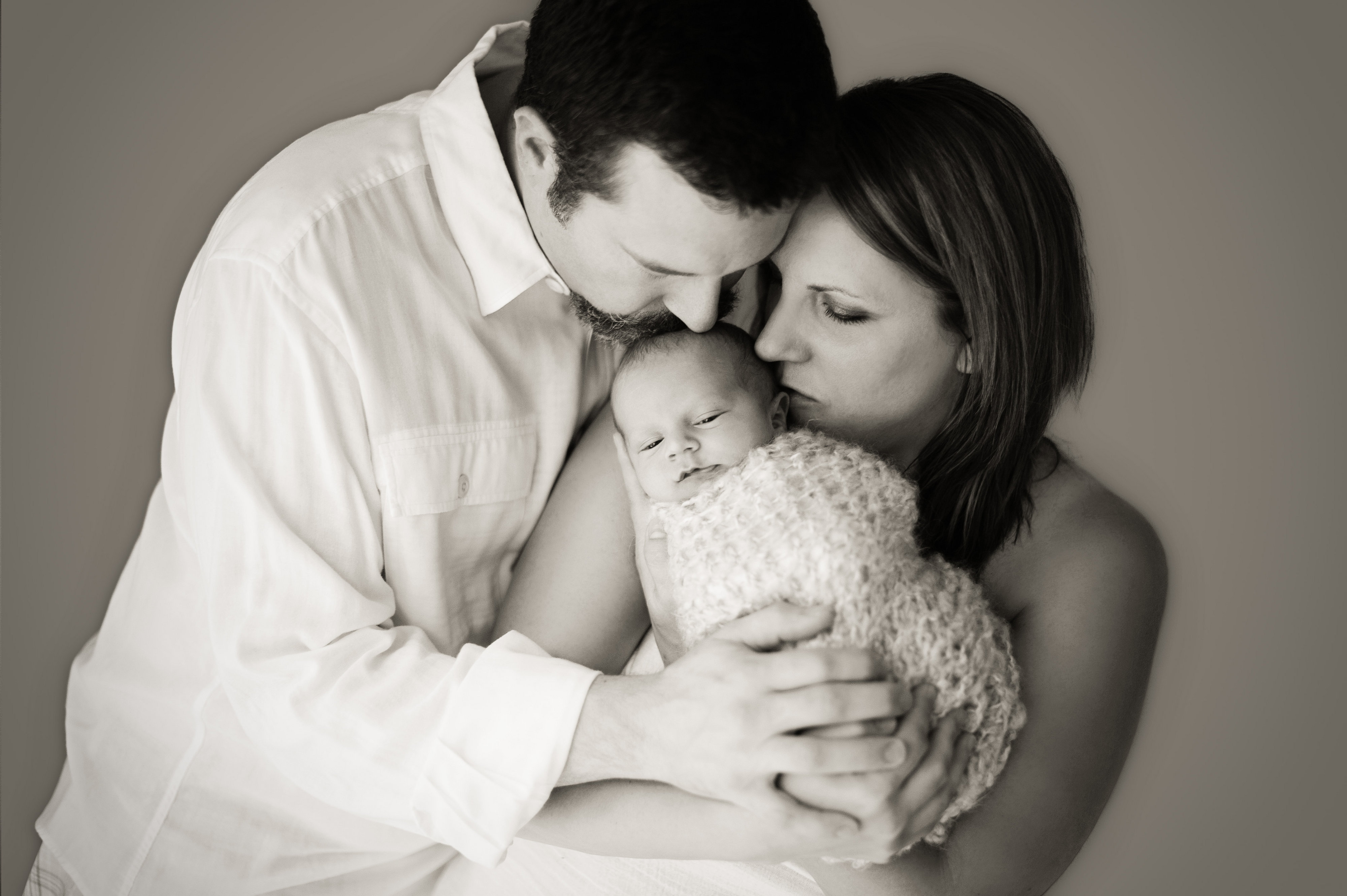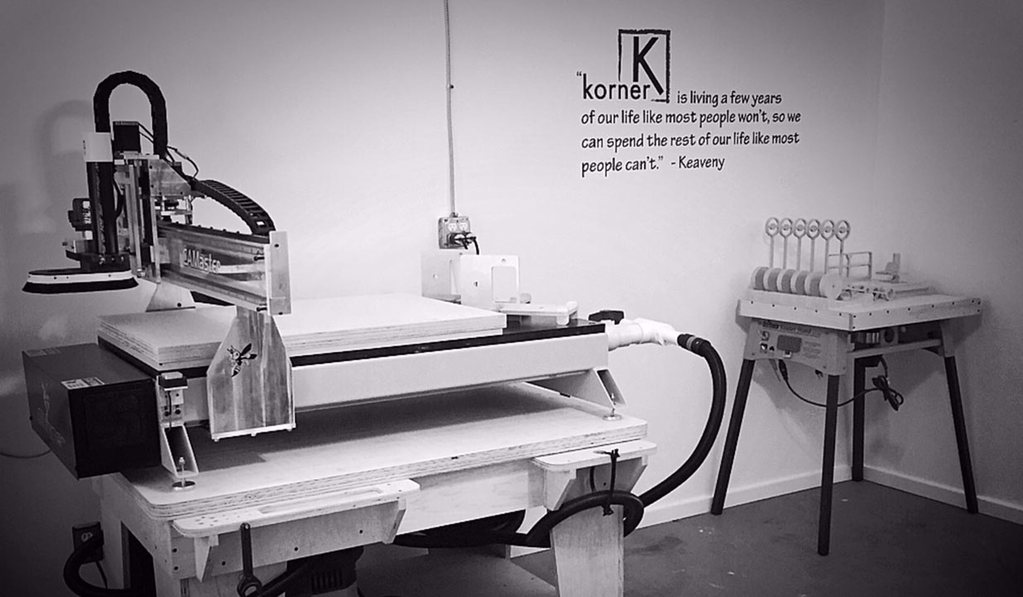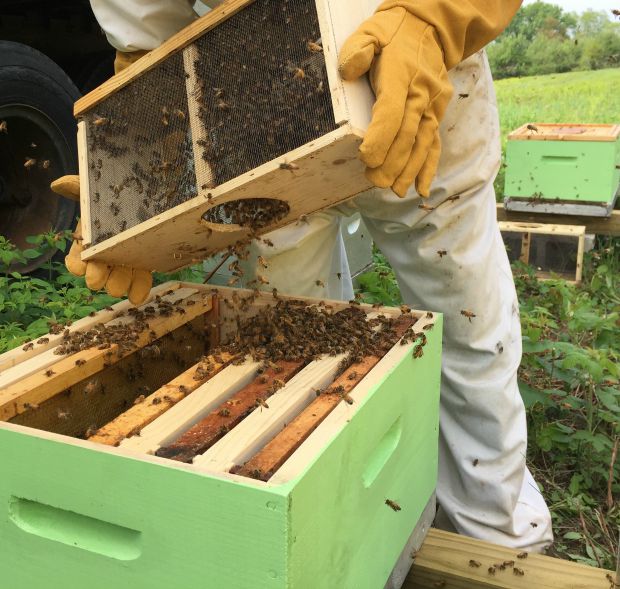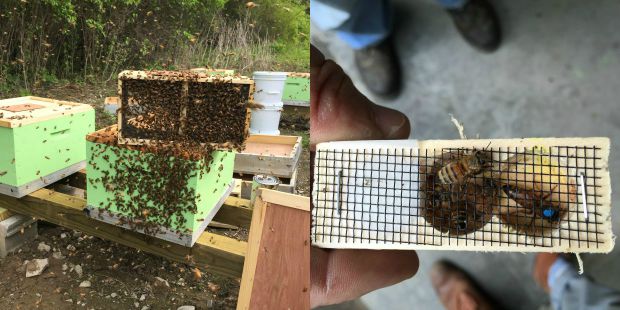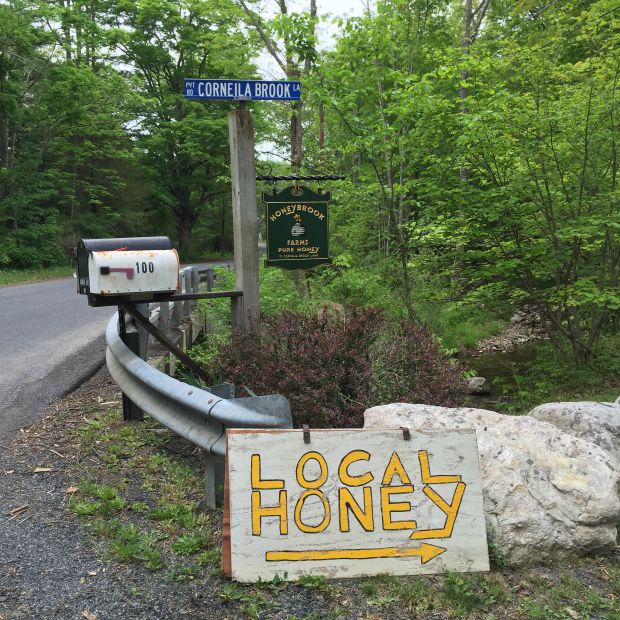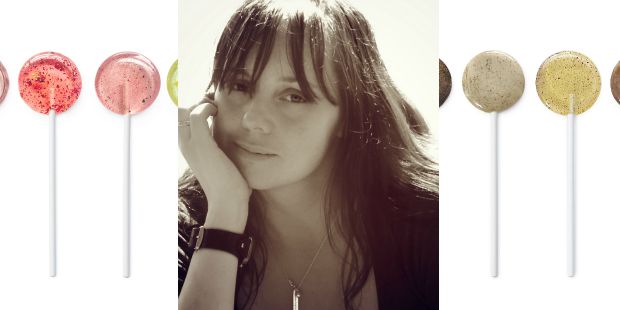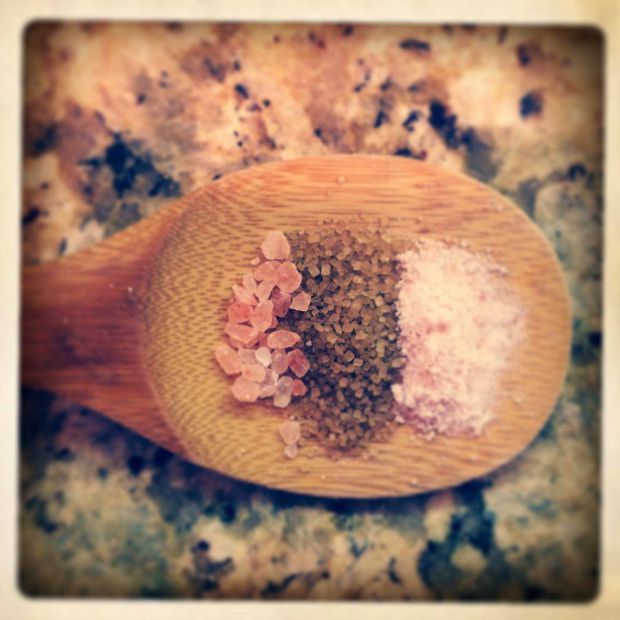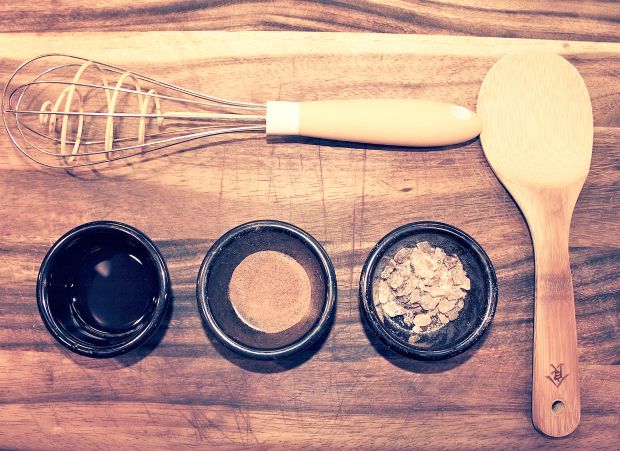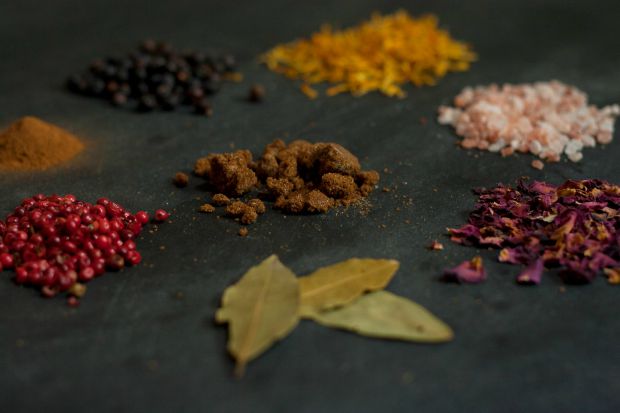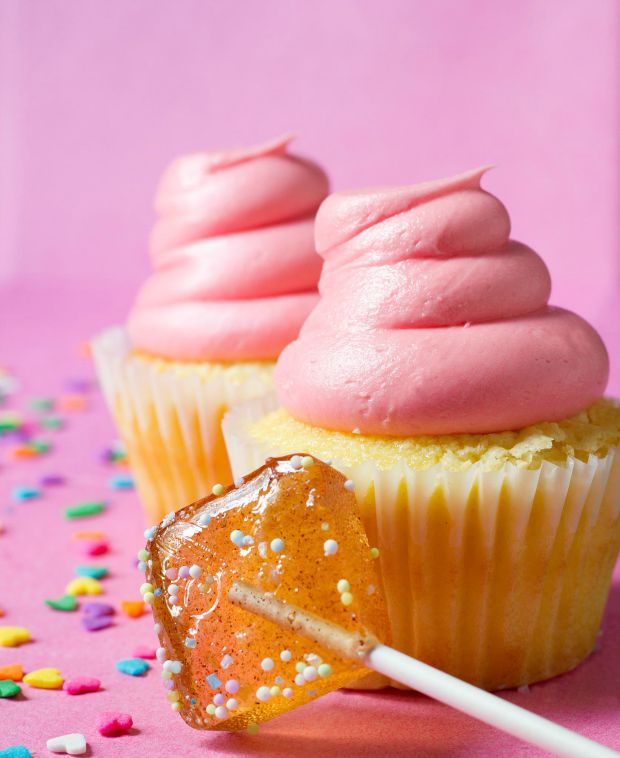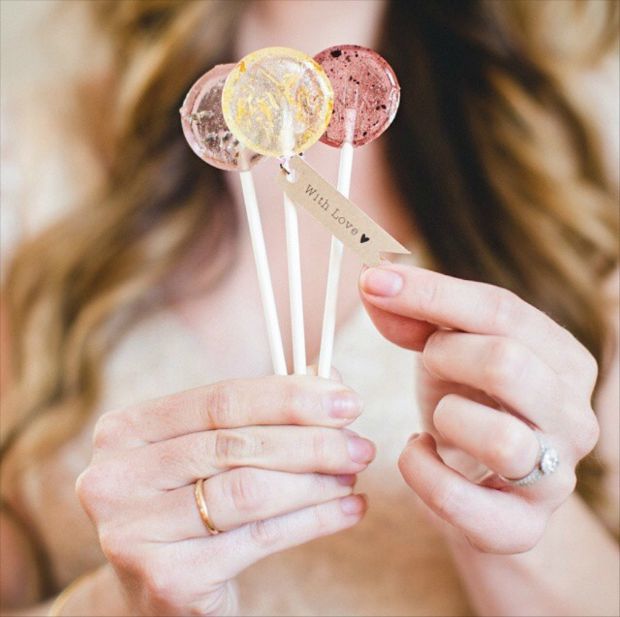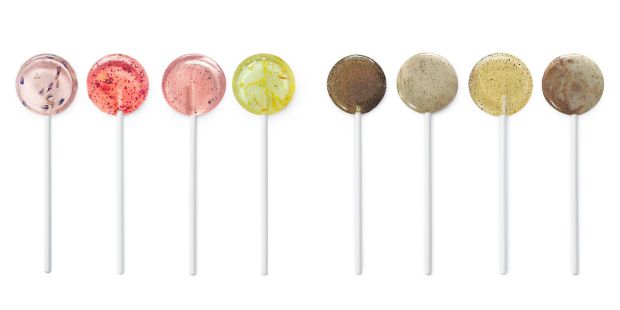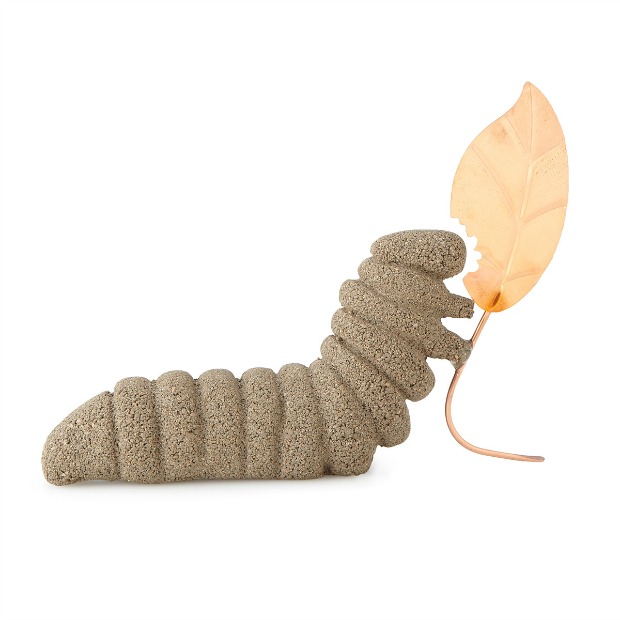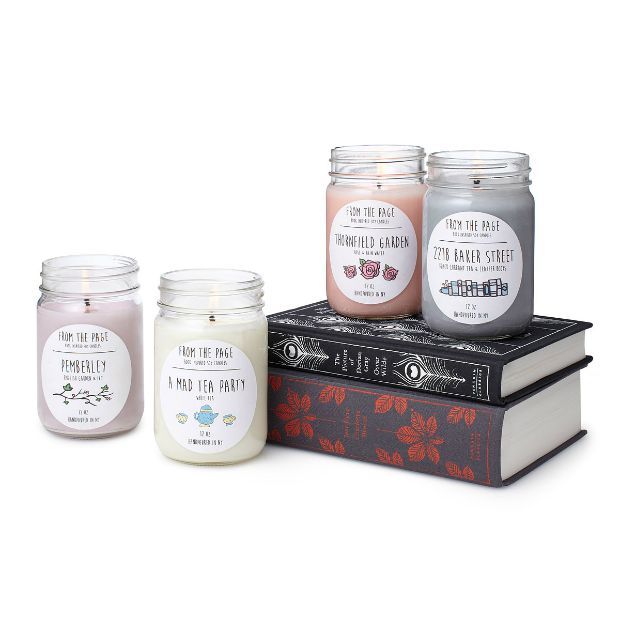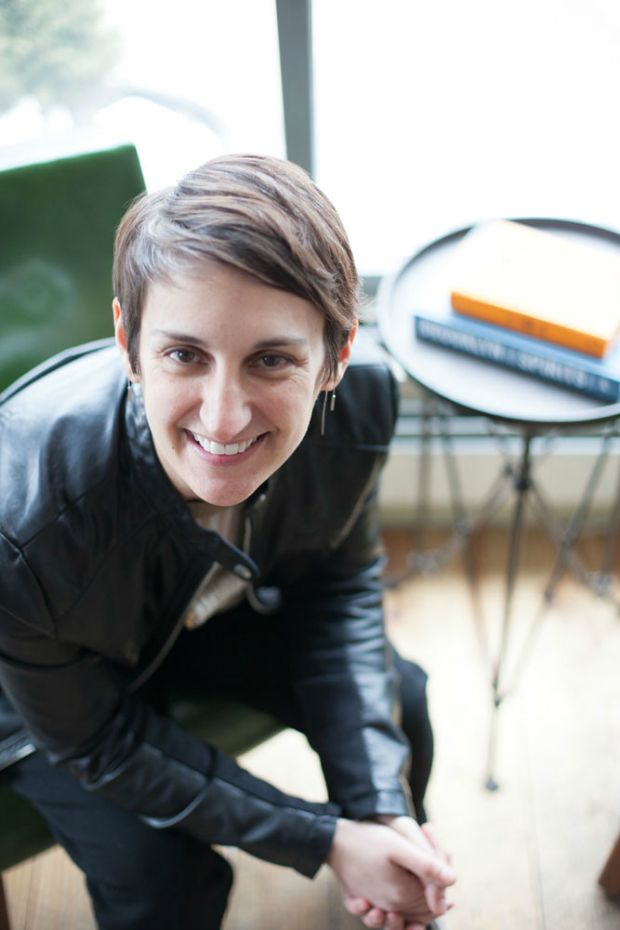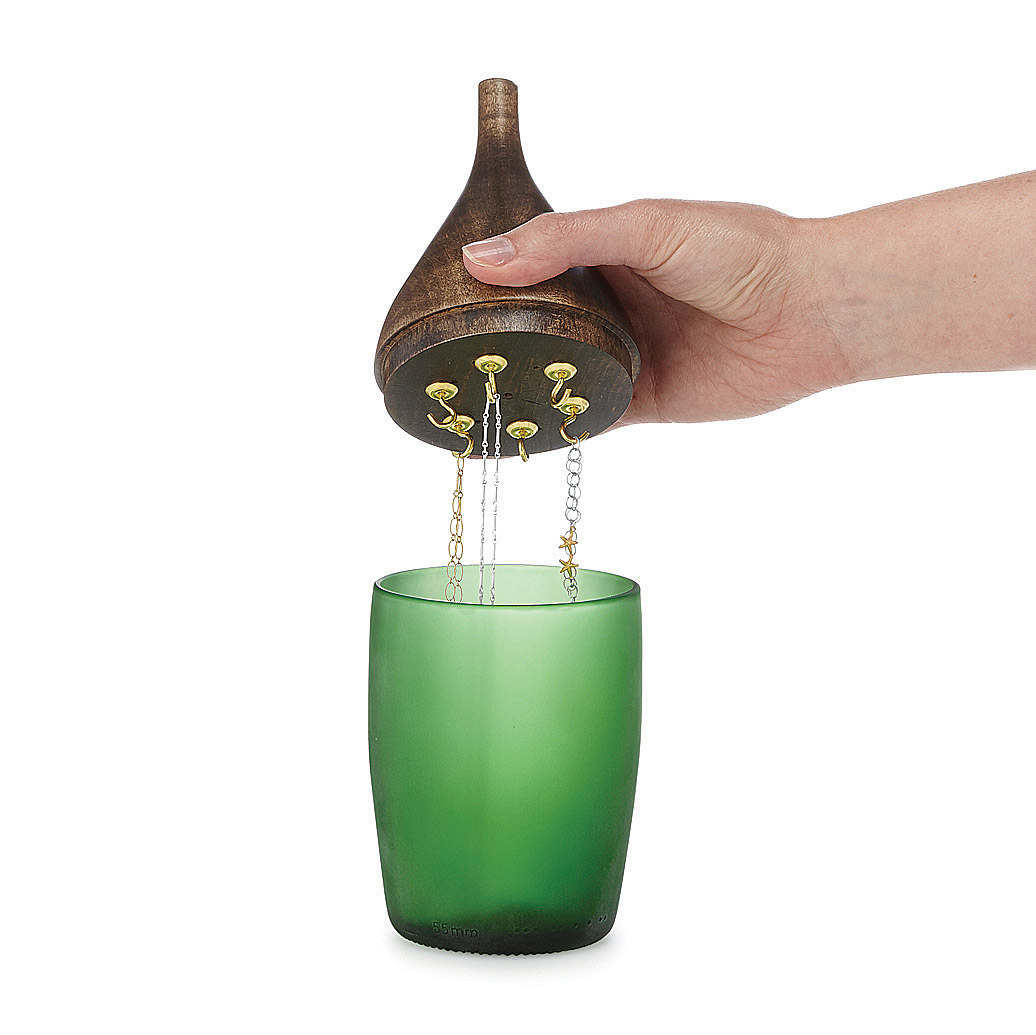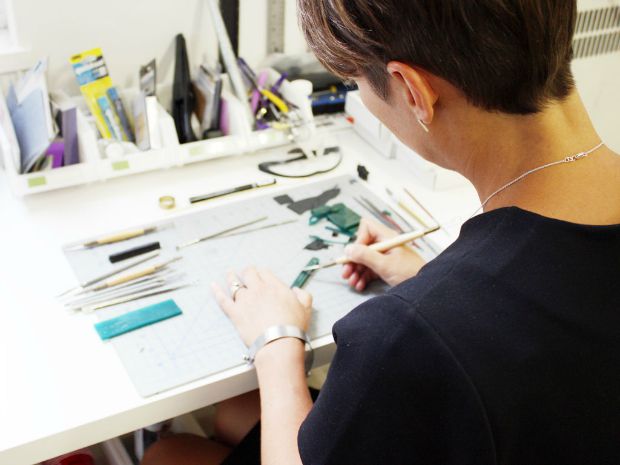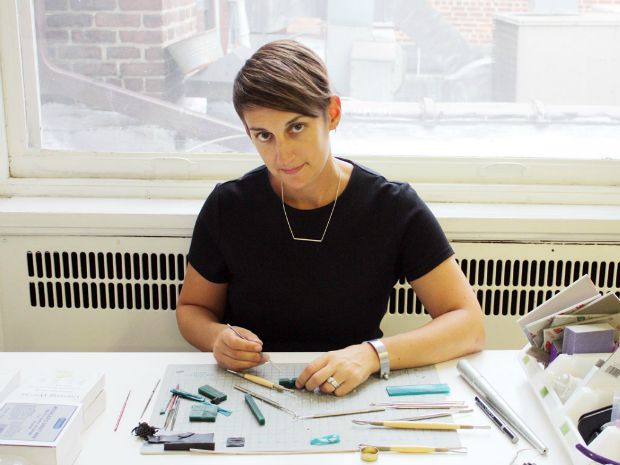We all know that every good story has a beginning, middle, and end. Bookends on the other hand, are usually just what they sound like: two ends. Eric Gross’ collection is an exception. Eric’s bookends tell a story by starting with one form, letting the books they’re supporting serve as the climax, and then wrapping things up with the perfect happy ending.
It’s no coincidence that Eric’s designs seem to follow the structure of a story, since many of his pieces are actually inspired by the pages of books he’s read. “I like to let my imagination run wild on the themes I’ve just read about,” he told us in a quick Q&A about his work. Read on to find out more about Eric’s taste in literature, his passion for metalwork, and how his handmade silhouettes of animals and interesting objects become beautiful, sturdy bookends.
In your maker story on our website, you mentioned that you grew up watching you father and grandfather work on machinery. How did this influence your decision to go into design, and specifically, to work with metal?
At a young age I was amazed that metal is both tough and durable but is also workable. Metals can be hammered, bent, formed, welded and molded to make any object. Dad would sketch the pieces he made prior to creating them and I loved the design and creativity that went into his work. When it came time for me to choose a career I realized that I loved the creative aspect of design, and chose to specialize in metal design.
You also said that you studied mechanical engineering in college. What made you take the leap and decide to use those skills to start a business producing your bookends?
After many years of designing industrial equipment and goods I found myself drawn to making little creative pieces in the shop in my spare time. Some of my coworkers mentioned that I should sell my creations. Once I discovered the handmade maker movement online I was hooked.
How do you come up with ideas for your pieces?
Most of my ideas come from books that I’ve read. I like fantasy and fiction, so I let my imagination run wild on the themes I’ve just read about. I like the bookends to tell a story themselves, just like the books they hold. You can use anything to hold up books, why not use bookends that are creative and enhance the beauty of your collection? Books are beautiful. Most people don’t read the same book more than once but they keep the books as a reminder of the voyage their imagination took while reading it. It’s sort of like why we take vacation photos, they are reminders of the places we’ve been.
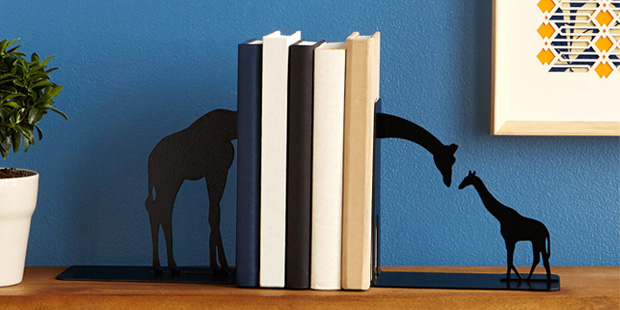
What steps do you take to make each bookend?
The bookends are cut from steel. Then the cut pieces are ground, formed, welded, sanded, and finished in hammered black.
Do any of the designs you sell at UncommonGoods have a special meaning to you? Is there a set of bookends that’s your favorite?
Although it is one of my simpler designs, I think the Giraffe Family is my favorite. Being a parent myself I realize that once you have children the concept of self changes. I spend most of my time thinking about my children. I worry more about what they want and need, rather than myself.

